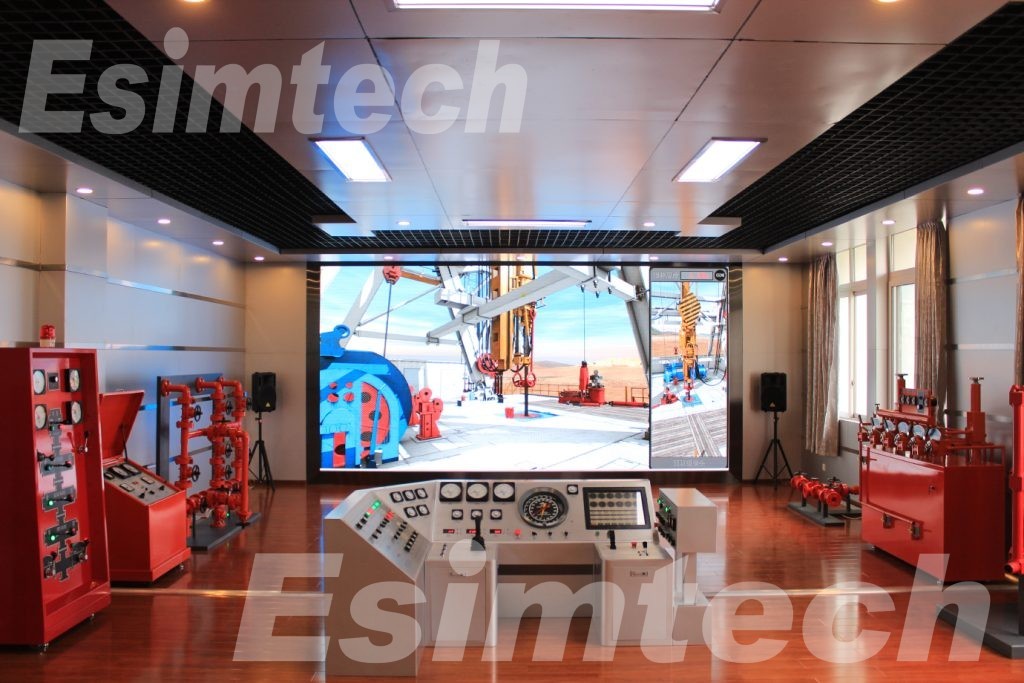At the launch meeting of a major ocean oil firm’s deep-sea project, crew, investors, and regulators watched a jaw-dropping show. 3-D animation blended with live sensor feeds to reveal the team’s new ultra-deep-water semi-submersible drilling rig. Built to operate far below the waves, this platform promises to deliver steady output in the world’s roughest offshore fields.
The next-generation oil rig design is a real tech powerhouse, carefully tailored for extreme marine weather. Deep-water drilling brings runaway challenges such as crushing water weight, relentless currents, and months of flight-time to the nearest supply base. Thanks to advances in material science and marine mechanics, those limits are no longer show-stoppers. Our semi-sub rises to the occasion—rugged, flexible, and wired with smart sensors that learn on the go.
Resilience in the Deep: Engineering for Extreme Environments
Serving as the platform’s backbone, a shell built from ultra-high-strength, corrosion-proof alloys guards against failure at 2,000 metres or more where ordinary steel can buckle or rust. Every hull section and riser line has survived keeps-test cycles that mimic years of salt spray, pressure, and motion, ensuring crew safety during long stationing.
Unlike traditional platforms that sit on the surface, a semi-submersible rig floats with most of its hull underwater. This partly submerged design gives it rock-solid stability in heavy seas. With its deep keel and oversized pontoons, the vessel brushes aside surface swells, so drilling can continue even when coastal crews head for shelter. That steadiness really counts in unexplored areas where the sea floor might be tangled or uneven.
When we build a rig, we steer the project toward green materials, speedy assembly, and easy upgrades. Every crucial system sits inside sealed, pressure-tested pods that mechanics can reach from above the water line. Should a pump or computer fail, teams can swap the module instead of scrapping the whole deck. Keeping repairs quick trims costs and keeps wells online many years longer.
Precision Positioning: The Dynamic Anchoring Advantage
Probably the biggest leap forward on the new rig is its dynamic-positioning system. In shallow water, steel chains or cables hold a rig fast, but those anchors stretch and snag when the sea floor drops below 1,000 metres. Our DPS combines GPS satellites, thrusters mounted all around the hull, and dozens of motion trackers so the platform stays within a single metre no matter how hard the current pulls.
With that near-constant lock on location, drill crews can aim for tiny targets spotted by sonar and seismic maps. The command centre reads angle and drift 100 times per second and tells each thruster to nudge the bow, stern, or side. Because of this automatic correction, wellheads line up more precisely, safety buffers widen, and the bit spends less time chewing up rocks.

Immersive Visualization: A New Way to Showcase Capability
At our recent project kickoff, guests wore lightweight VR headsets and stepped right into a full-scale 3D model of the drilling platform. They could look inside the riser tensioning system, trace every data cable, and watch how the blowout preventers move—instead of studying static blueprints. By turning abstract schematics into animated scenes, the team built trust fast and showed exactly how design choices will behave in deep water.
Visitors strolled through the virtual control room, faced storm wind gusts in a simulated weather test, and even hit the emergency switch that drains ballast tanks. With tools from ESIMTech's next-generation simulator flashing real-time numbers on every gauge, we crossed the old line between presentation and play—showcasing a rig long before any steel was ordered.
Beyond the Horizon: What This Means for the Future
Building deep-water rigs in the twenty-first century demands bold ideas, strict safety rules, and deep respect for the ocean. This semi-submersible platform ticks all those boxes, meeting every regulation we know today, then adding extra checks so crews feel secure in once-unreachable fields. Exceeding those standards hints that future jobs can tap new reserves with less downtime, smoother drilling, and a smaller carbon footprint.
Digital twins, instant predictive maintenance alerts, and self-guided submersibles are changing the way offshore crews think about their jobs. These tools turn raw numbers into useful answers, making data as important to a rig crew as steel beams or drill bits. Because of them, new deepwater platforms can chase hard-to-reach oil rig construction while cutting the chances that a worker or the sea will be put in danger.
Put all that together and this project becomes more than a flashy showcase of welds and turbines; it shows that tomorrow's rig can survive the planet's roughest corners. As explorers push even farther out, designs like this one will guide engineers and owners alike, setting the standard for safer, cleaner energy platforms.